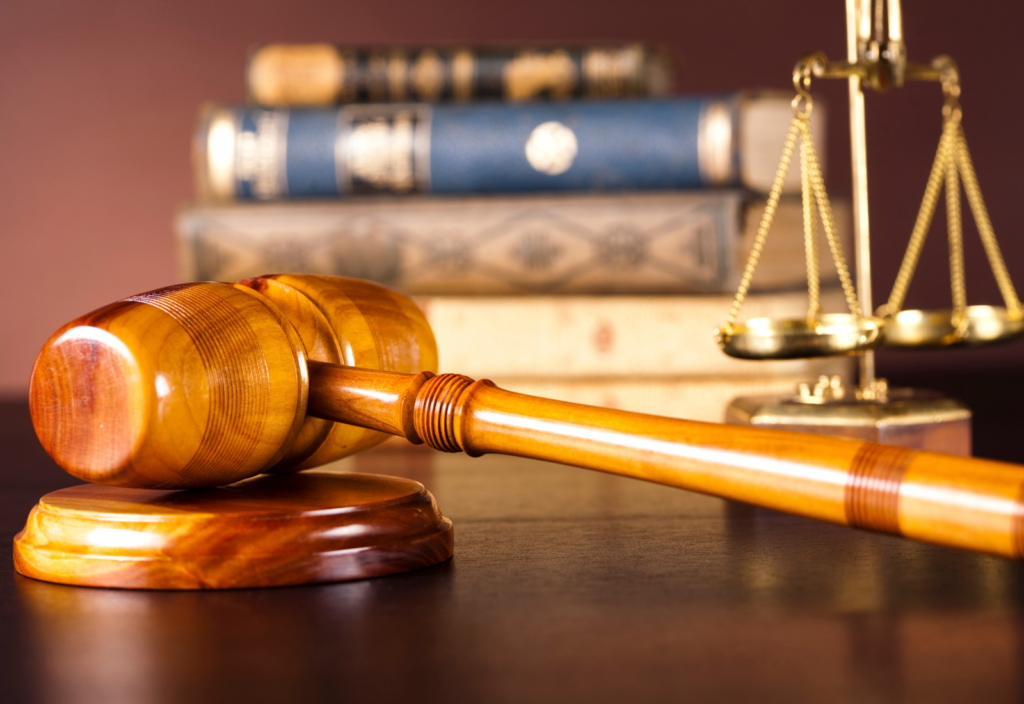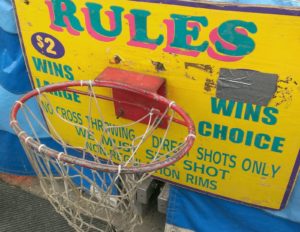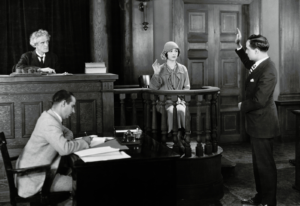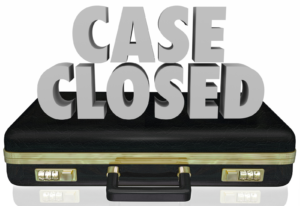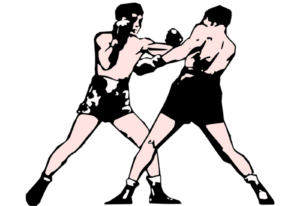This United States litigation guide is intended to help foreign companies that do business in or with the United States to navigate U.S. litigation.
Commercial lawsuits typically stem from disputes between people or businesses. These lawsuits generally proceed through distinct phases: pleadings, discovery, trial, and possibly an appeal. However, parties can halt this process by voluntarily settling at any time. Most cases settle before reaching trial. Arbitration is sometimes an alternative to a trial.
Pleadings.
Each party in a lawsuit files initial papers, known as “pleadings.” The pleadings explain each party’s side of the dispute to the Court.
The Complaint.
Litigation begins when the plaintiff files a complaint with the court and formally delivers a copy of the complaint to the defendant. The complaint describes what the defendant did (or in some cases, failed to do) that caused harm to the plaintiff and it sets forth the legal basis for holding the defendant responsible for that harm.
The Answer.
The defendant is given a specific amount of time to file an answer to the complaint. The answer provides the defendant’s side of the dispute. The defendant may also file counter-claims against the plaintiff, alleging that the plaintiff has harmed the defendant and should be held liable for that harm. In some instances, instead of filing an answer or a reply, the defendant may request that the plaintiff clarify or correct deficiencies in its factual allegations or legal theories in its complaint or it may ask the court to dismiss part or all of the suit. This may lead to amended complaints or amended answers. Once the parties have completed the complaint, answer, and any response, the issues for resolution by the court have been defined. The defendant typically has 21 days to file its answer to the complaint, but it is common practice for them to take weeks longer than that and for the court to allow that delay.
Discovery.
Thorough case preparation is critical to any successful United States litigation. Discovery is the method by which parties gather relevant information from each other or from third parties. Research of the law, document review and organization, and witness interviews help clients and their lawyers assess the merits of claims and defenses. The extent to which these and other steps are needed is determined by the issues of the case.
Discovery is usually the longest part of the case. It begins soon after a lawsuit is filed and often does not stop until shortly before trial. During discovery, the parties ask each other and third parties for information about the facts and issues of the case. Information is gathered formally through written questions (known as “interrogatories”), requests for copies of documents, and requests for admission (which ask a party to admit or deny statements of fact). Another key method of obtaining information is to conduct depositions, in which witnesses are questioned under oath by the parties’ attorneys and the witnesses’ answers are recorded by a court reporter. Depositions are used to learn more about the facts of a case and about what the different witnesses contend happened. Depositions also may be used at trial to show inconsistencies in a witness’s story or to question the witness’s credibility. The recorded testimony from a deposition sometimes may also be used at trial in place of a witness who is not able to attend the trial in person.
Discovery is a major reason why United States litigation tends to be so expensive.
Expert Witnesses.
Often a claim or defense requires support from expert witnesses to explain technical information or validate an argument. One or more experts might be needed to testify about the connection between the defendant’s conduct and the loss suffered by the plaintiff, or the existence and amount of the plaintiff’s damages. Expert witnesses work closely with a party’s representatives and attorneys to prepare the party’s case.
Motions.
Before trial, the parties may use motions to ask the court to rule or act. Motions usually pertain to law or facts in the case, but sometimes they seek clarification or resolution of procedural disputes between the parties. Some motions, such as a motion for summary judgment, which asks the court to dismiss part or all of a plaintiff’s case or a defendant’s defense, dispose of issues without trial. Other motions might ask the court to order a party to produce documents or to exclude evidence from trial.
Timing.
The duration of a lawsuit depends on the issues of the case, the amount of discovery to be conducted, and court scheduling and availability. The parties, guided by the rules of court, usually decide the timing of discovery. Trial dates are set by the court. Timing and scheduling differ between state and federal courts. It usually takes about two years from the filing of a complaint until trial. Mediation of the dispute or settlement before the trial date is typical. Something like 98% of all commercial litigation matters settle before trial.
Trial.
At trial, the parties present evidence in support of their claims or defenses to a jury and/or judge. Immediately before trial, each party provides the judge a document, called a “brief,” that outlines the arguments and evidence to be used at trial. Some trials, known as “bench trials,” do not involve a jury and are decided by the judge alone. Other trials are jury trials. In a jury trial, both parties question potential jurors during a selection process known as “voir dire.” Once the trial begins, each party presents its outline of the case in an opening statement. Then, the parties present evidence. Each party may call witnesses or introduce documents and exhibits in support of its arguments. After each witness is called and questioned, the opposing party has an opportunity to cross-examine the witness. The plaintiff presents evidence first, then the defendant. Sometimes, the plaintiff is allowed to present additional evidence, called rebuttal evidence, after the defendant has finished presenting its case. Once all the evidence has been presented, the parties give their closing arguments. After closing arguments, the court instructs the jury on the law to be applied to the evidence. The jury then deliberates and reaches a decision or verdict.
Post-Verdict.
A party may challenge a jury’s verdict. Errors of law committed by the trial court or a jury’s disregard of law or evidence are common reasons for challenging a jury’s verdict. A motion for judgment notwithstanding the verdict asks the court to disregard the jury’s verdict and enter a different decision. A motion for a new trial asks the court to set aside the jury’s verdict and order a new trial of the case.
Costs and Fees.
The party that prevails at trial will usually file a motion requesting the court to order the losing party to pay the prevailing party’s costs to prosecute or defend the case. Recoverable costs are defined by rule, statute, or private agreement and generally do not include attorneys’ fees. Recoverable costs rarely cover all out-of-pocket costs a party incurs during a lawsuit. Some statutes and contracts also allow the prevailing party to seek reimbursement of its attorneys’ fees from the losing party.










